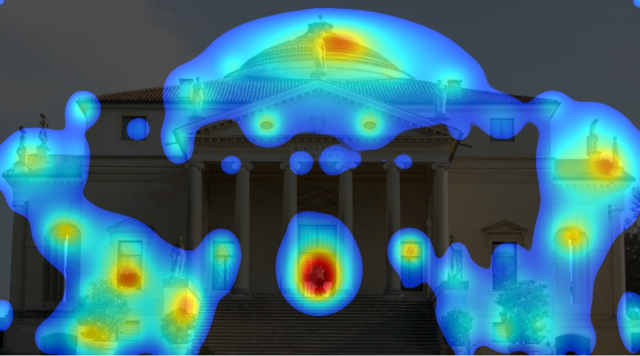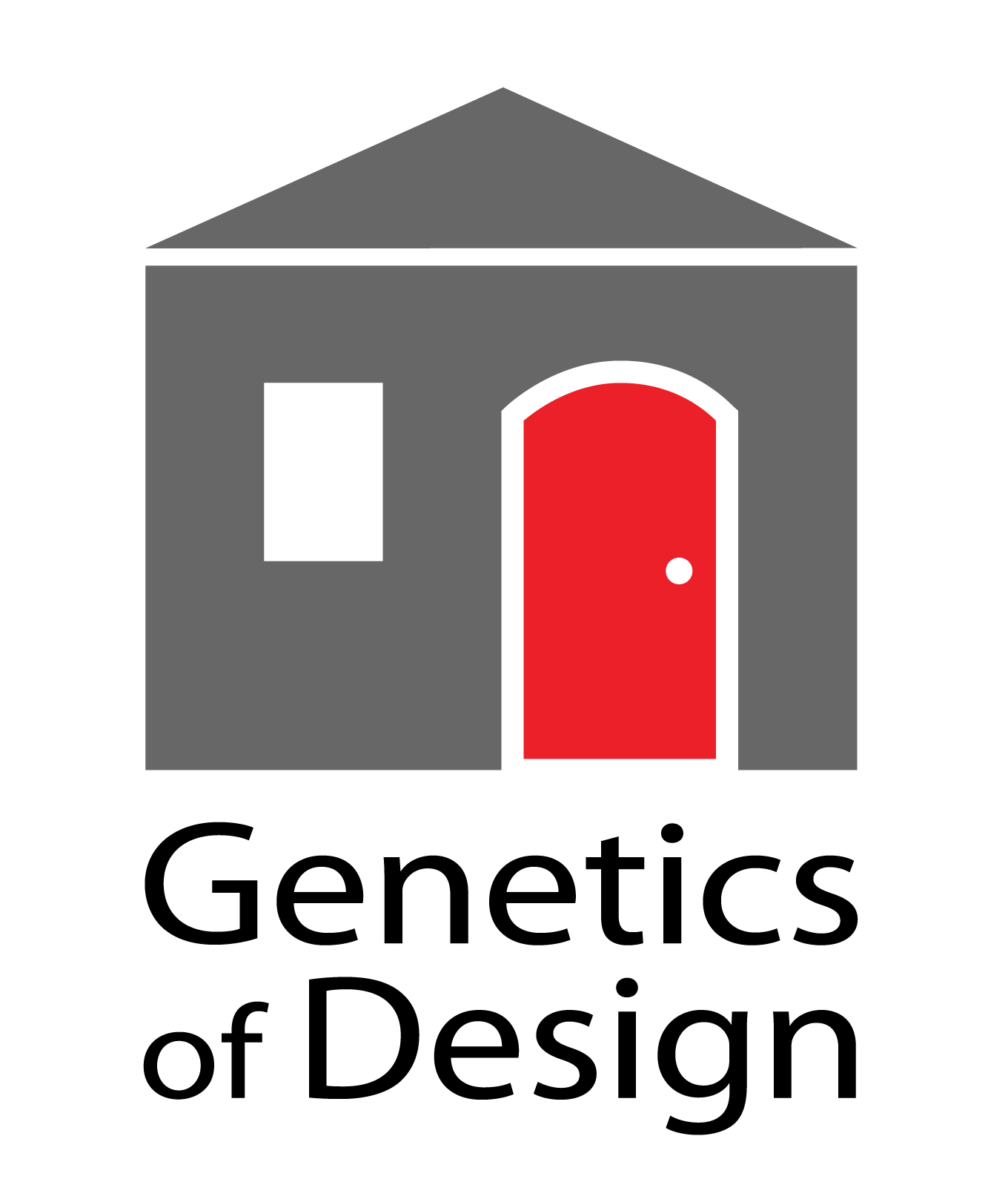Eye-tracking tools can help us see how we look out on the world as an animal – and it can help us understand why some buildings catch our attention while others don’t and never will. Check out the photos below: at left, an old carriage house on school grounds in Cambridge, MA, and at right, relatively new construction, the Queens Library at Glen Oaks, New York City. Below these top photos are eye-tracked versions of the same:




You can probably guess which building really draws us in: the one on the left, and eye tracking can help us understand why. Commonly used in web and ad design, these biometric tools follow how our eyes move without our ‘conscious’ control. The software used here, an emulation package from 3M, called Visual Attention Software, (vas.3m.com) creates heat maps to show ‘pre-attentive processing’ where our eyes go in the first 3 – 5 seconds they see something, before our conscious mind can get into the act. The heat maps glow reddest where our eyes go first and frequently, fading to yellow, green, then blue where they go subsequently and least. When black, the area is simply not of interest, from the brain’s perspective.
Looking at the carriage house, then, we ‘see’ that our eyes home in on the round windows and barn door and building center; in contrast, taking in the new library, we learn that our eyes effectively ignore it – save for two benches in front and some areas of high visual contrast around the edge. Nothing in the library facade fits what our brain – which evolved in the savanna several million years ago and remains designed for – is built to expect or, in its view, needs to see for survival.
And there’s more: the carriage house ‘heat map’ suggests a face, which is tremendously significant. Our brain evolved to anthropomorphize things, a trait which turns out to carry a survival advantage. From our brain’s perspective, the carriage house appears to be looking at us, and in so doing, orients us, and puts us at ease. Remember, for human beings, the most social species on the planet, no other visual pattern regulates us more from infancy on than the primal one: the face.
No surprise then, that many of the most consequential buildings in the history of architecture, do the same. Below is the Villa Rotunda, in Vicenza, Italy, by Palladio, a 16th century construction that today is a World Heritage Site maintained by UNESCO. Seeing its face, we now know why it will remain significant – forever.
 all photos copyright Ann Sussman
all photos copyright Ann Sussman
? : email annsmail4@gmail.com

Goood read
LikeLiked by 1 person
Pingback: Building Relationships | The Genetics of Design